By their stunning appearance and captivating personality, Oranda goldfish have captured the hearts and minds of aquarium enthusiasts worldwide. Their unique head growth, flowing fins, and vibrant colors make them one of the most popular varieties within the goldfish family.
Content Table
In this guide, we will delve into the fascinating world of Oranda goldfish and share how to take proper care of Oranda goldfish.
Oranda Goldfish Facts
Get to know Oranda goldfish
| Family | Cyprinidae | Temperament | Peaceful |
| Scientific name | Carassius auratus auratus | Care Level | Easy-Moderate |
| Origin | China | Swimming level | Bottom-Middle-Upper |
| Adult size | 8–12 inches (20-31 cm) | Diet | Omnivore |
| Average lifespan | 10–15 years | Minimum tank size | 20 gallons |
- Unique head growth – Wen
Oranda goldfish features a unique head growth called a wen. The wen commonly appears as a fleshy growth on the top of the head, which can vary in size and shape. The wen makes oranda goldfish easily recognized.
- Diverse colors
Oranda goldfish come in various stunning colors, such as red, orange, white, black, blue, and calico. Introducing oranda goldfish can greatly add color to your aquarium.
- Fancy tail
Oranda goldfish have beautiful flowing fins. And their caudal fin (tail fin) is also long and flowing, which makes the appearance of oranda goldfish more graceful.
- Personality
Generally, oranda goldfish are outgoing and peaceful. Interestingly, they can recognize their owner. During feeding times, oranda goldfish will swim up to greet their owner.
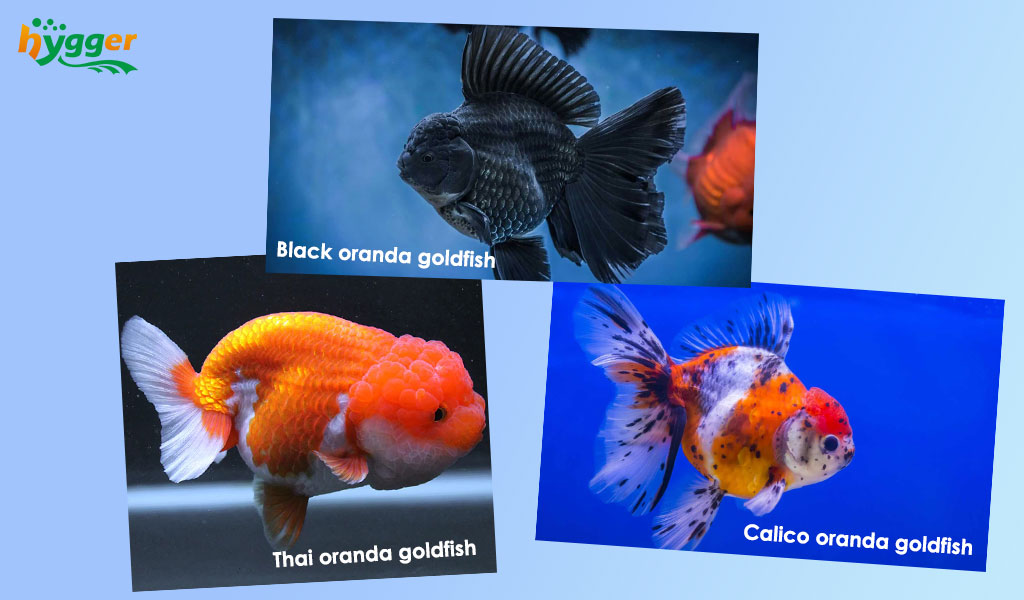
Oranda goldfish variety
Oranda goldfish is a popular and distinctive variety of fancy goldfish. In this part, we will list some Oranda goldfish varieties.
- Black oranda goldfish
Featuring a rounded body shape and solid black body color, black oranda goldfish have black fins and head growth or wen. Their wen covers the top of the head, extending back towards the dorsal fin. And the wen can vary in size and shape, depending on the individual fish and breeding.
- Thai oranda goldfish
Thai Oranda goldfish is also known as Thai Ranchu or Thai lion head. They typically have a more rounded body shape. Also, the pronounced head growth or wen covers the entire head, including the eyes. Plus, Thai oranda goldfish always come in various colors, like red, white, and calico.
- Calico oranda goldfish
Calico Orandas exhibit a mix of colors and patterns, including patches of red, orange, black, white, and sometimes metallic hues.
Distribution of Oranda goldfish
Oranda goldfish have their origins in ancient China, where they were selectively bred and developed. Today, Oranda goldfish have gained significant popularity worldwide. They are readily available in many countries through aquarium stores, online retailers, and fish breeders. Their popularity has led to their distribution across different continents. For example, Asia, Europe, North America, and Australia.
How Big Do Oranda Goldfish Get
Generally, an adult oranda goldfish can reach 8–12 inches (20-31 cm). Tail fin extension can add to the overall length of the fish. The flowing tail fins of Oranda goldfish can extend beyond their body length, making them appear larger.
Typically, oranda goldfish may grow rapidly during the first year. However, the growth rate tends to slow down as they reach adulthood. Overall, as oranda goldfish age, their growth rate gradually decreases. But their growth can vary based on factors including genetics, diet, water quality, overall care, etc.
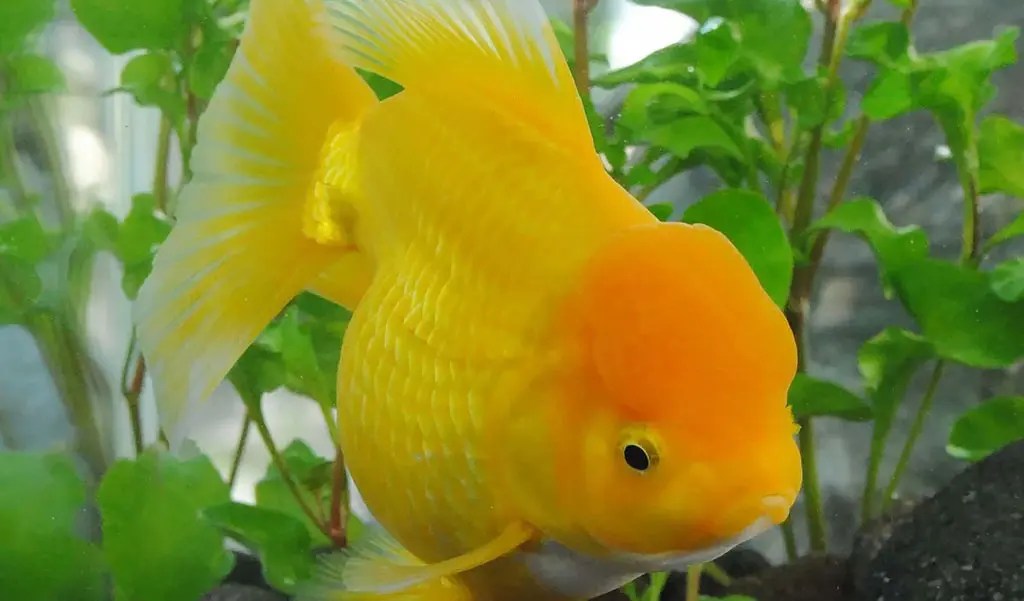
Take proper care of a goldfish on a minimum budget
Tank size & Tank decoration
The minimum tank size of oranda goldfish is 20 gallons. However, the larger, the better. A large tank provides more swimming space and helps maintain stable water conditions.
Moreover, tank decorations with sharp edges should be avoided, which will harm fish. The available and excellent choices can be smooth rocks, stones, or ceramic ornaments. While the aquarium decors also provide hiding places for fish. Additionally, live aquatic plants can be another option. They are also beneficial to maintain great water quality by absorbing nitrates.
Keep consistent water temp
Oranda goldfish are cold-water fish, and they can tolerate a wide range of temperatures. Though they can thrive in cooler water temp, maintaining consistent water temp within the appropriate range is necessary. Commonly, oranda goldfish prefer a water temperature ranging from 65℉ to 75℉ (18℃ to 24℃). If the water temp is too high, you can cool it with the help of an aquarium chiller.
Diet & Feeding
A balanced and varied diet consists of high-quality flakes or pellets rich in protein, fats, and carbohydrates, as well as bloodworms, brine shrimp, daphnia, or other fresh and frozen foods, plus occasional fresh vegetables (e.g. spinach, peas, lettuce).
But, you should avoid overfeeding. Just feed oranda fish small portions multiple times each day, and offer the portion they can consume within a few minutes. For example, 2–3 minutes.
Additionally, never feed dry foods exclusively. While pellets and flakes are convenient, dry foods can sometimes cause digestive issues. Hence, incorporating moist foods is necessary, which helps promote proper digestion.
Tank mates
Incompatible tank mates in a tank can be a mess. If you want to introduce tank mates, it is vital to ensure adequate space. The compatible tank mates for oranda fish include:
- Other Goldfish Varieties: Orandas can be kept with other peaceful and similar-sized goldfish varieties, such as Ryukins, Fantails, or Black Moors.
- Common Plecos: Common Plecos (Hypostomus plecostomus) can be compatible with Oranda goldfish, as they are generally peaceful and are bottom-dwelling fish.
- White Cloud Mountain Minnows: White Cloud Mountain Minnows (Tanichthys albonubes) are small and peaceful fish. They are active swimmers and can occupy the upper areas of the aquarium.
- Snails: Certain species of snails can be suitable tank mates for Oranda goldfish, such as Mystery Snails or Nerite Snails. They are peaceful, slow-moving, and can help with algae control in the tank.
- Shrimp: Some aquarium shrimp, such as Amano shrimp or Cherry shrimp, can be compatible with Oranda goldfish. However, keep in mind that Orandas tend to eat small invertebrates, so there is a risk that the shrimp could be seen as food.
More other great tank mates for oranda goldfish, welcome to share with us in the comment.
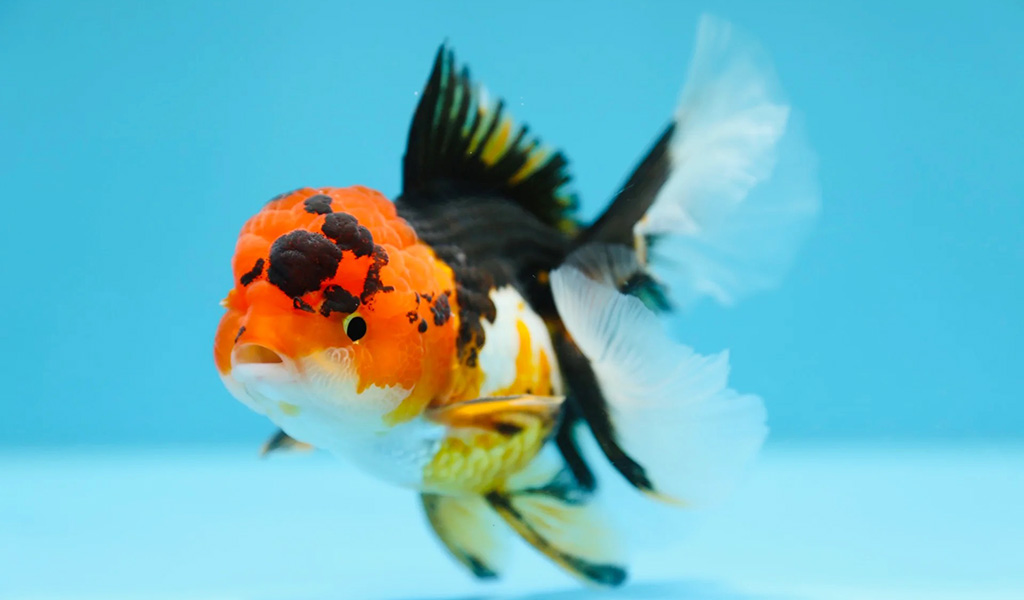
Maintain great tank conditions
- Do regular water changes
Commonly, it is feasible to perform partial water changes once every week or every two weeks. During the water change process, you can supply a water changer, which helps to save lots of time and energy.
- Monitor aquarium water
Typically, you can test the aquarium water after water changes. Aquarium water test strips can monitor seven crucial water parameters, including PH, hardness, total alkalinity, carbonate root, nitrate, nitrite, and free chlorine levels.
- Filtering and aerating your tank
To keep clean aquariums and sufficient oxygen levels, adding an aquarium filter, air stone, or air pump would be helpful. As an aquarium filter can remove excess waste and toxic substances, such as ammonia, nitrite, and nitrate. While an air stone or air pump can oxygenate the aquarium water.
- Tank and aquarium equipment cleaning
Generally, regular cleaning is vital. For example, once each month. You can clean the tank glass and decorations using a soft cloth or sponge. Also, to ensure everything is functioning properly, it is better to regularly check equipment, like a light or air pump.
How Many Goldfish Are in a 30-Gallon Aquarium
A 30-gallon aquarium can be used temporarily for young Oranda goldfish, but it is not considered suitable for long-term housing of Oranda goldfish. Adult oranda goldfish can grow up to 8–12 inches (20-31 cm). It means that as they grow up, you will need to upgrade to a large tank. Also, oranda goldfish produce a significant amount of waste, which can quickly lead to water quality issues in a smaller tank. Thus, to keep fish healthy, a large tank is better.
In addition to aquariums, what about ponds? Can oranda goldfish live in ponds? Exactly, the answer is positive. Oranda goldfish can live in a pond, provided certain conditions are met. For instance, pond size, pond precautions, temperament, water quality, feeding, etc. Also, ponds can provide a more natural and spacious environment for Oranda goldfish, allowing them to exhibit their natural behaviors and grow to their full potential.
Key Takeaways
In a word, if you want to keep goldfish, oranda goldfish is an excellent choice exactly. They are attractive, peaceful, and not difficult to care for. Just follow the Oranda goldfish care guide mentioned above. Good luck and hope everything goes well. And you can share your experience in the comment. Finally, thanks for reading.
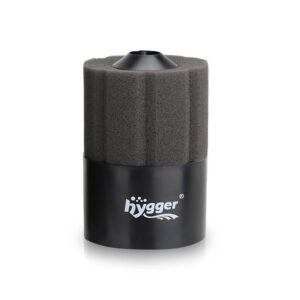
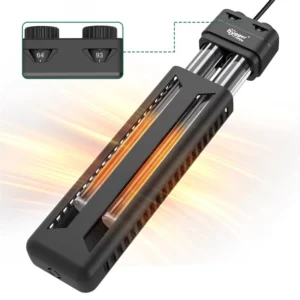
I recently got Oranda babies, and I’m adding a pond to my house soon, so knowing they can be moved is super helpful!!